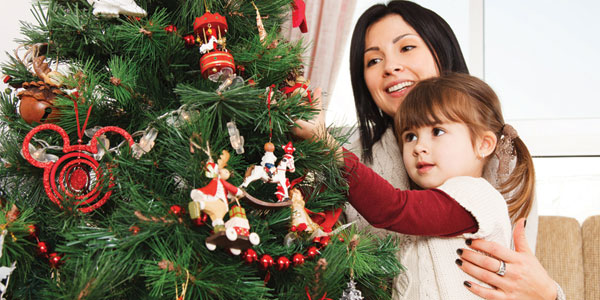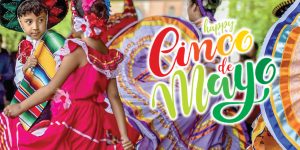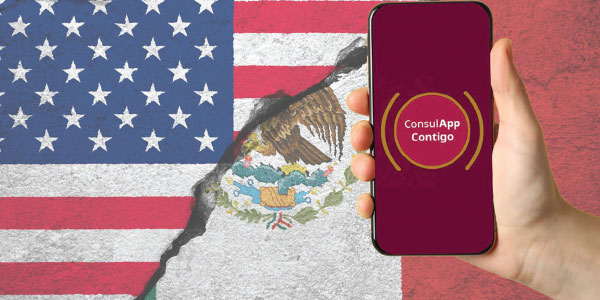
By Yanis De Palma
Christmas is a religious and cultural celebration that incorporates Christian, ancient pagan and modern-era secular traditions into the festivities. Some of the most popular Christmas traditions include the following:
*Santa Claus: Santa Claus is partly based on St. Nicholas, a Greek bishop who lived during the third and fourth centuries and was associated with miracles. By 1200, St. Nicholas became known as a magical gift-bearer and a patron of children. The contemporary image of Santa began during the 1800s, when Dutch settlers coming to America helped popularize the legend of Sinterklaas, who wears red and white clothes, knows how people behave and has elf helpers. Political cartoonist Thomas Nast created the Santa image that has become an international icon.
*Gift-giving: This tradition has been traced back to ancient pagan rituals that were held during the winter, when children would receive gifts of wax dolls. Trees and other plants also were used as common gifts. In Christianity, the tradition for exchanging gifts is rooted in the gifts from the Three Wise Men to baby Jesus to celebrate his birth.
*Stockings: Hanging Christmas stockings has its roots in a fourth-century legend. St. Nicholas is believed to have helped three sisters by secretly providing gold to their poor father. According to the legend, he slipped into their home and put money in the girls’ stockings, which were drying by the fireplace. Eventually, children began hanging up stockings, hoping that Santa Claus – also nicknamed St. Nicholas – would visit them.
*Christmas tree: Ancient civilizations used evergreen trees during their winter festivals as a symbol of everlasting life. In early Christian societies, trees were put up in December as a form of protection from the devil. Christmas trees became an American tradition during the 19th century by German immigrants.
Una breve mirada a las tradiciones navideñas
La Navidad es una celebración religiosa y cultural que incorpora las tradiciones cristianas, paganas y seculares de la era moderna a las festividades. Dentro de algunas de las tradiciones navideñas más populares están las siguientes:
* Papá Noel: Santa Claus se basa en parte en San Nicolás, un obispo griego que vivió durante los siglos tercero y cuarto y era asociado con milagros. Hacia 1200, San Nicolás se hizo conocido como un portador de regalos mágico y un patrón de los niños. La imagen contemporánea de Santa comenzó durante la década de 1800, cuando los colonos holandeses que llegaron a América ayudaron a popularizar la leyenda de Sinterklaas, que viste ropa roja y blanca, sabe cómo se comporta la gente y tiene ayudantes elfos. El dibujante político Thomas Nast creó la imagen de Santa que se ha convertido en un ícono internacional.
* Obsequios: Esta tradición se remonta a antiguos rituales paganos que se celebraban durante el invierno, cuando los niños recibían regalos de muñecas de cera. Los árboles y otras plantas también eran usados como regalos comunes. En el cristianismo, la tradición de intercambiar regalos tiene sus raíces en los regalos de los tres Reyes Magos al bebé Jesús para celebrar su nacimiento.
* Botas: Colgar botas de navidad tiene sus raíces en una leyenda del siglo IV. Se cree que San Nicolás ayudó a tres hermanas al proporcionar secretamente oro a su pobre padre. Según la leyenda, se deslizó en su casa y puso dinero en las botas de las niñas, que se estaban secando junto a la chimenea. Eventualmente, los niños comenzaron a colgar botas, esperando que Santa Claus, también apodado San Nicolás, los visitara.
* Árbol de Navidad: Las antiguas civilizaciones usaban árboles de hoja perenne durante sus festivales de invierno como símbolo de la vida eterna. En las primeras sociedades cristianas, los árboles se utilizaban en diciembre como una forma de protección del diablo. Los árboles de Navidad se convirtieron en una tradición estadounidense durante el siglo XIX por los inmigrantes alemanes.










